In our daily life, we often use activated carbon, including food, beverage, pharmacy, dye industry and so on. The main application of activated carbon is to attract and hold organic chemicals from vapor and liquid streams, to removal the unwanted chemicals, like bad odors and color.
What makes activated carbon?
In the market, we have ever seen different types of activated carbon, like powder, pellet and granular shape. And if you will see the slight difference between them for the same shape carbon. Because the raw material is different. Generally, activated carbon is made from bituminous coal, lignite coal, coconut shell and wood. Most the production process of activated carbon is nearly the same, but the production equipment of every factory is sometimes different. If you have extremely high requirements about the activated carbon to protect your equipment or save cost, pls do not change suppliers easily.

All types of activated carbon must be processed by activation and carbonization with 600-900 degrees. Through the process, coal turns into activated carbon with the large pore structure and surface area. Generally, more iodine it is, it needs more temperature. The following is the simple production flow chart of granular activated carbon.

How many types of activated carbon are there?
As i said, activated carbon is based as powder, granules and cylindrical types.
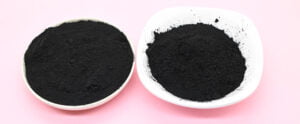
Powdered activated carbon (PAC) material is finer material, less than 80mesh. Because of the special shape, it is generally put in the rapid mix basins for filtration. It is not suitable to put in the water tank.
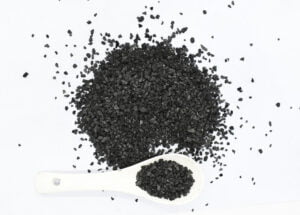
Granulated activated carbons (GAC) is more than 80mesh particles. For small size, like 8*30mesh, 20*40mesh, it is widely used for liquid phase treatment. For large size, 4*80mesh, 4*10mesh carbon is good for vapor phase.
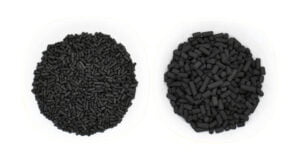
Extruded activated carbon (EAC) is more than 0.8mm pellet carbon. The biggest character is high strength. It is mainly used for air treatment.
How does activated carbon work as an adsorbent?
Activation can increase the adsorption capacity of activated carbon. 1g carbon has about 50m2 surface area. After activation, it can reach about 600 or 800m2. That is, it increases 12-16times.
Activated carbon with large is better to absorb heavy large organic chemicals, while small pores can catch light small pollutants. Wood activated carbon powder with the large diameter pores are suitable for discoloring liquids.
What does activated carbon do?
Activated carbon is a porous material that traps compounds, mainly organic, present in a gas or liquid.
Purifying drinking water

Chlorine is often present in drinking water. It is in the form of chlorine gas, sodium hypochlorite solution, or calcium hypochlorite tables (granules). For the well water, the contaminants are usually low molecular. We suggest nut shell activated carbon is the best choice, such as coconut shell, apricot shell or peach shell activated carbon.
Air deodorization and purification

All the activated carbon can be used for adsorption. Most of clients choose coal pellet activated carbon or impregnated carbon for odor removal. But for some special industrial gas which is not easy to remove, 4*8mesh coconut shell activated carbon will play a great role.
The following is the scenes we often use.
- Cartridge respirators
- Drainage vents
- Water treatment plants
- Paint application booths
- Alcoholic distillate deodorization
- Air recirculation systems in public spaces (smoking room)
Sugar refining
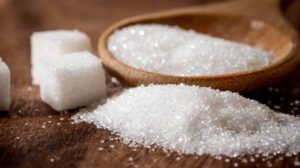
The colors that appear in liquids are usually relatively large molecules. So we need to choose activated carbon with large pores, that is, wood activated carbon powder. But some clients choose agglomerated activated carbon according to different production equipment.
Coal retains the proteins that give color to the cane juice, which will prevent sugar from fermenting and spoiling.
Vegetable oil color removal
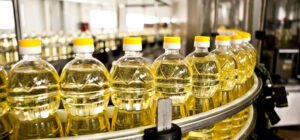
Removes color from coconut oil, maize glucose and other liquids used in the food industry. Activated carbon not only decolorizes, but also removes HMF and Fe.
Gold recovery
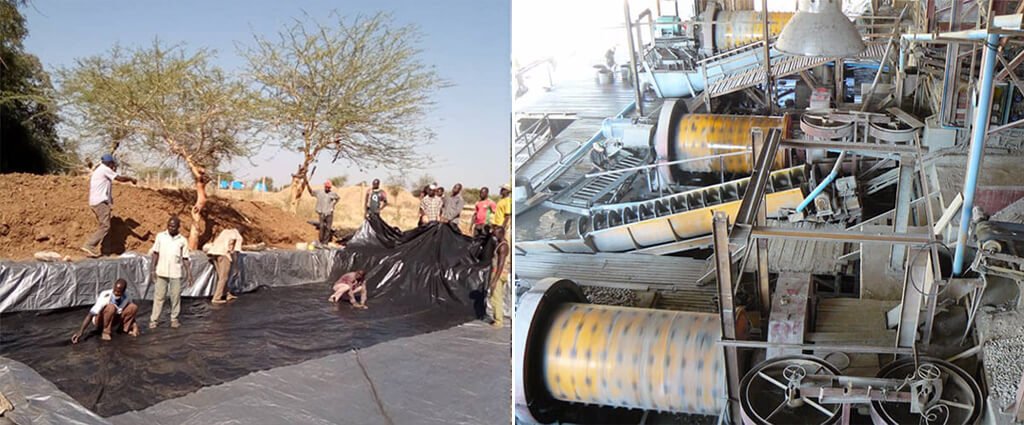
Activated carbon can be used in CIP, CIL, CIC gold extraction applications. Gold will be absorbed one the surface of carbon and then electrolyzed to obtain gold.
FAQ about activated carbon
Does activated carbon have any effect on PH value or water parameter?
Yes, of course, coal or coconut activated carbon is alkaline. That’s why customers want acid washed activated carbon.
Can I use activated carbon in my pool filter instead of sand? If so what kind of activated carbon am I looking for?
Actually, sand and activated carbon often are used together. Though activated carbon has better treatment effect than the sand, sand has unique function, such as manganese sand can remove iron and manganese, and zeolite can remove ammonia nitrogen. Those is what activated carbon cannot replace. Let’s take an example, generally, home water filter has five-grades filtration, and every stage of filtration has different filter materials.
Conclusion about activated carbon
Anyway, activated carbon is a indispensable goods in our daily life. If any questions or concerns about it, pls contact us now and fix together.